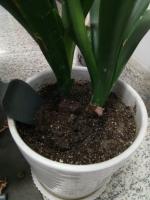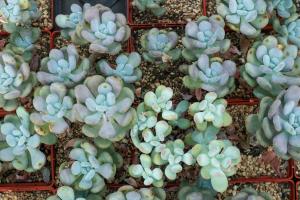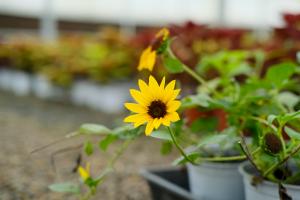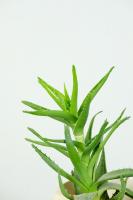Choosing the Right Tree for Birds
Planting a tree is a great way to add beauty, shade, and value to your property. But have you ever considered planting a tree that provides habitat and food for birds? Choosing the right tree species can play a significant role in creating a welcoming environment for our feathered friends. In this article, we will discuss what type of tree you should plant for birds.
The Importance of Trees for Birds
Trees are an essential part of any healthy ecosystem, providing food, shelter, and nesting sites for a wide variety of bird species. Trees provide insects, fruits, seeds, and nectar, all important food sources for birds. They also offer a safe haven from predators and harsh weather conditions. By planting trees, we can help to create habitat for birds and promote biodiversity in our communities.
Native Species vs. Non-Native Species
When selecting a tree to plant for birds, it's essential to consider whether you should plant a native or non-native species. Native trees are indigenous to the area and are well-suited for the local climate and soil. They offer food and shelter for birds that live in the region and have evolved to rely on these tree species for survival. Non-native species, on the other hand, are introduced from other regions and may not provide the same level of benefits to local bird populations. They may also have negative impacts on the ecosystem, such as outcompeting native species for resources.
Best Tree Species for Birds
Choosing the right tree species for birds depends on several factors, such as your location, climate, and the specific bird species you want to attract. Here are some of the best tree species for birds:
Eastern Red Cedar (Juniperus virginiana):
This native species is an excellent choice for attracting birds, providing year-round food and shelter. Its berries are a favorite food source for cedar waxwings, robins, and other species.
Serviceberry (Amelanchier spp.):
Also known as Juneberry, this native species is a great choice for attracting birds with its sweet summer fruit. The berries are eaten by cedar waxwings, bluebirds, and other bird species.
Eastern White Pine (Pinus strobus):
This fast-growing native species provides excellent shelter for birds, especially during winter months. Its cones also provide a food source for species such as red-breasted nuthatches and pine siskins.
Black Cherry (Prunus serotina):
This native species provides a valuable food source for many bird species, such as the American goldfinch and cedar waxwing. Its fruit is also enjoyed by many mammals, such as bears and raccoons.
Tips for Planting Trees for Birds
When planting trees for birds, here are a few tips to keep in mind:
Choose a location that provides the right amount of sunlight and soil moisture for the tree species you are planting.
Be sure to mulch around the base of the tree to retain moisture and suppress weeds.
Provide a watering schedule during the first few years while the tree is becoming established.
Consider creating an understory of smaller trees and shrubs that will provide additional food and shelter for birds.
Conclusion
Planting trees for birds is a simple and effective way to create habitat and promote biodiversity in your community. By selecting native tree species and following a few planting tips, you can help to ensure that your trees provide food and shelter for a variety of bird species. So, what type of tree should you plant for birds? Choose a tree that is native to your area and provides food and shelter throughout the year. Your feathered friends will thank you!

 how many times do yo...
how many times do yo... how many planted tre...
how many planted tre... how many pine trees ...
how many pine trees ... how many pecan trees...
how many pecan trees... how many plants comp...
how many plants comp... how many plants can ...
how many plants can ... how many plants and ...
how many plants and ... how many pepper plan...
how many pepper plan...
































